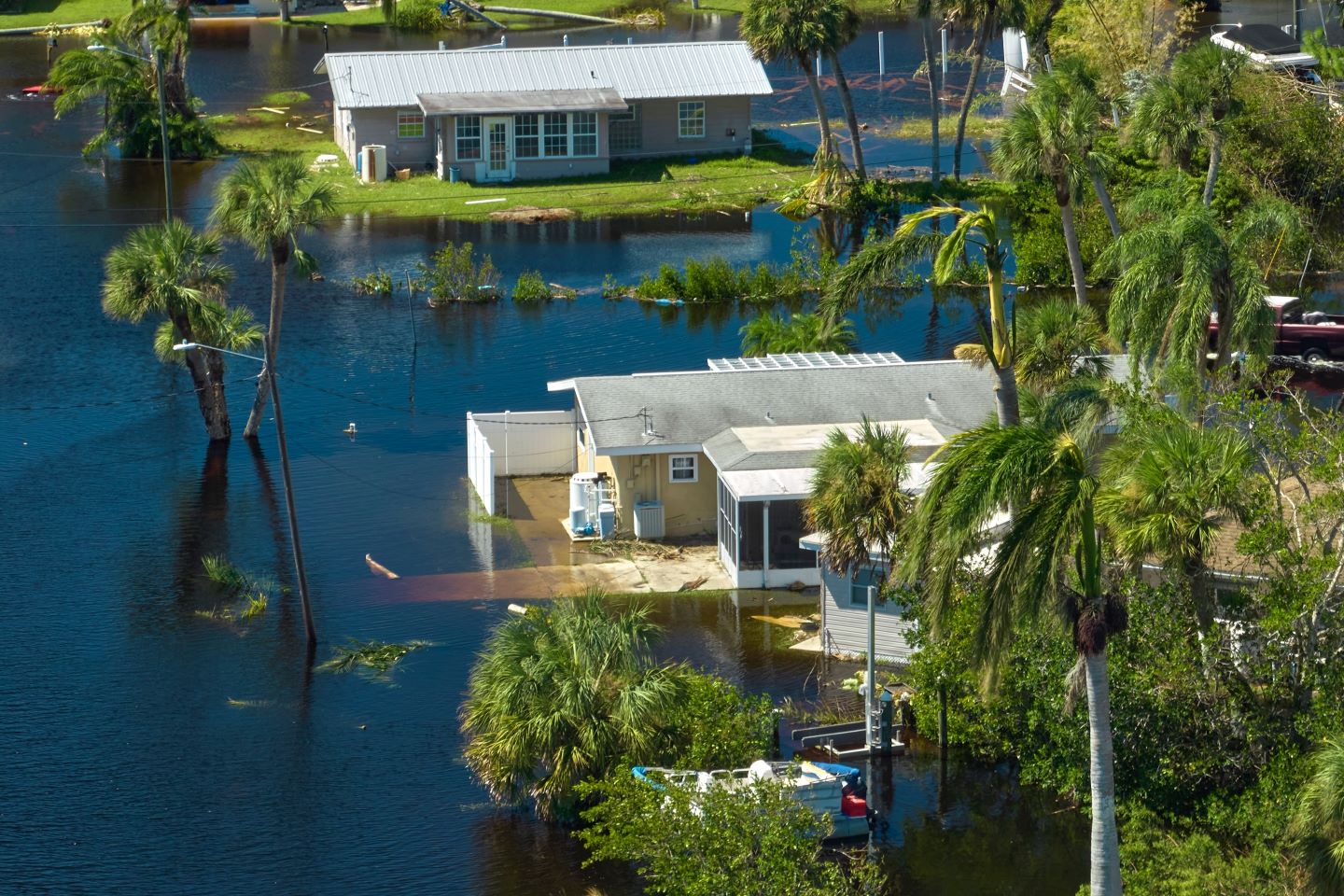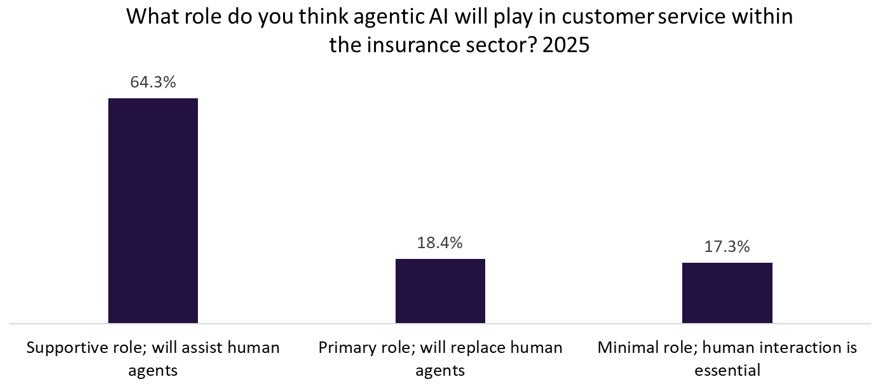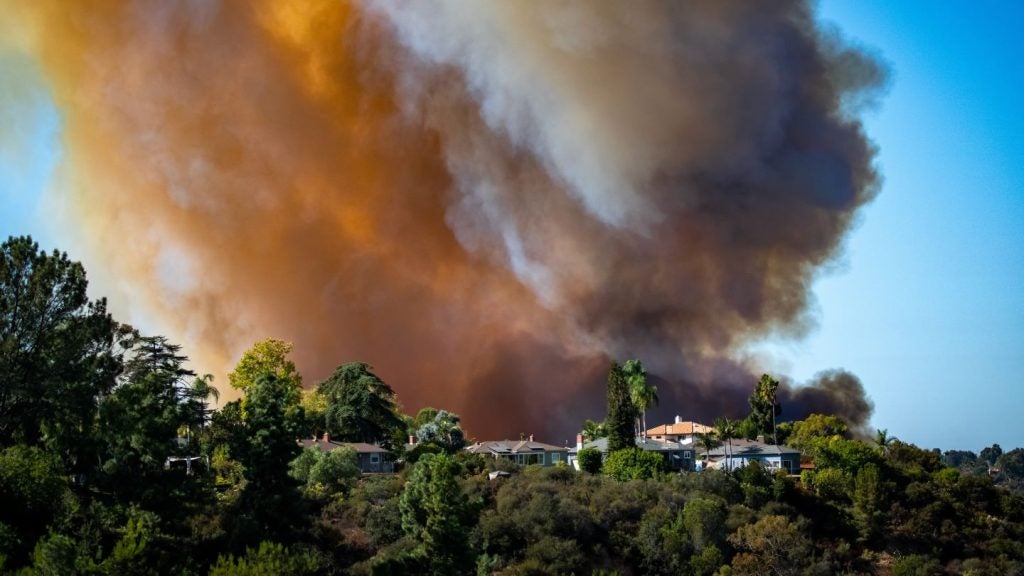As hurricane seasons intensify and financial losses increase, insurance companies are grappling with an unprecedented challenge: how to respond to the new era of risk brought on by climate change. Rising hurricane activity has upended long-standing practices in the property and casualty (P&C) insurance industry, which now faces a reckoning. With insured losses climbing and traditional risk models proving inadequate, insurers and policyholders are bracing for an uncertain future that may become increasingly unaffordable and uninsurable.
The evolving nature of hurricane risk
Hurricanes are no longer behaving as they once did. Today’s storms are growing rapidly, making landfall with greater frequency and severity, largely driven by climate change. According to Gallagher Re, seven of the ten most expensive insured loss events this year occurred in the United States alone, led by Hurricane Helene. With additional storms like Hurricane Milton likely to bring more claims, insurers are feeling the pressure as traditional risk models struggle to keep up with these unpredictable realities.
Rising premiums and narrowing coverage option
For residents of high-risk coastal areas like Florida, Louisiana, and Miami, this shifting landscape translates into a harsh reality of rising premiums and reduced coverage. After the recent hurricane event, insurers have responded by significantly raising premiums on hurricane-related policies, reflecting the higher frequency and cost of claims. In some cases, insurers have even chosen to exit high-risk markets entirely. This trend has left policyholders with fewer options, pushing some smaller insurers out of business, and driving larger insurers to withdraw from these areas. According to the Washington Post “at least five large US property insurers—including Allstate, American Family, Nationwide, Erie Insurance Group, and Berkshire Hathaway—have told regulators that extreme weather patterns caused by climate change have led them to stop writing coverages in some regions, exclude protections from various weather events and raise monthly premiums and deductibles.”
Allstate stated that its climate risk mitigation strategy will include “limiting new auto and property business in areas most exposed to hurricanes” and “implementing tropical cyclone and/or wind and hail deductibles or exclusions where appropriate.”
Last resort insurance pools
One response to the diminishing options in the private insurance market has been the establishment of last-resort insurance pools in coastal states. Designed as a safety net for residents who cannot secure affordable private coverage, these pools have become essential for property owners in hurricane-prone areas. Yet, as these pools face rising costs, they are becoming financially stressed. To cover the shortfall, states are increasingly relying on either higher premiums for pool participants or general tax revenues. This approach raises affordability concerns, creating a cycle where residents in high-risk coastal areas struggle to maintain essential insurance coverage.
The long-term outlook
A concerning scenario is emerging where insurance may become unaffordable or unattainable for many residents in hurricane-prone areas. According to the National Oceanic and Atmospheric Administration, from 1980 to August 2024, the US experienced 396 weather and climate disasters, resulting in damages of at least $1bn each. The total cost of these events exceeds $2.78tn.

US Tariffs are shifting - will you react or anticipate?
Don’t let policy changes catch you off guard. Stay proactive with real-time data and expert analysis.
By GlobalDataGlobalData’s Future of Financial Services report indicates that governments and regulators are beginning to address climate change risks, which may lead to stricter regulations for insurers. This could cause increased costs and fewer coverage options for policyholders. As risks continue to grow, the complexity of insuring properties also expands, potentially creating an uninsurable future.
Beyond the moral and legal implications, this trend could significantly impact property values. If insurance becomes unavailable, homes in these regions may struggle to maintain their value, as properties without insurance cannot be financed. This situation could lead to declining property values, deter investment, and undermine local economies.









